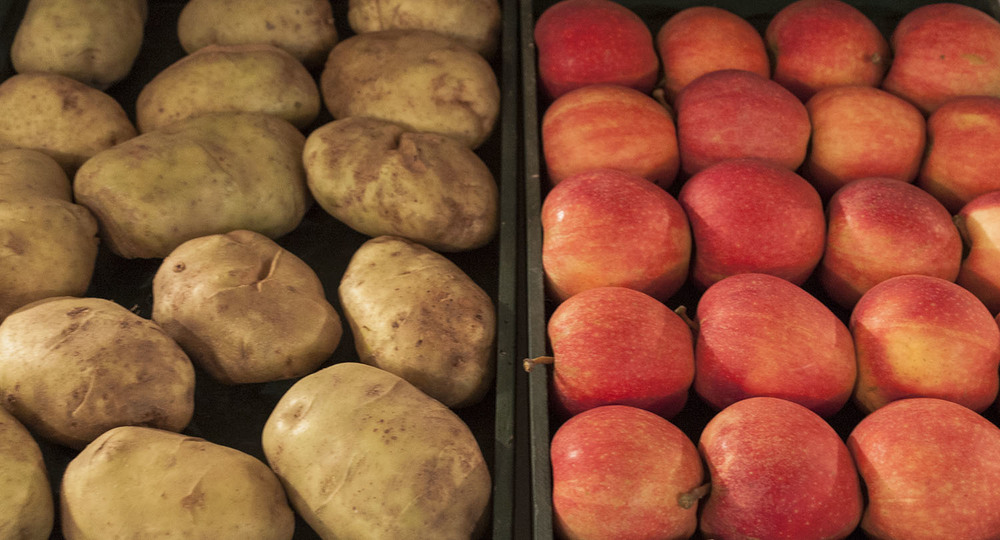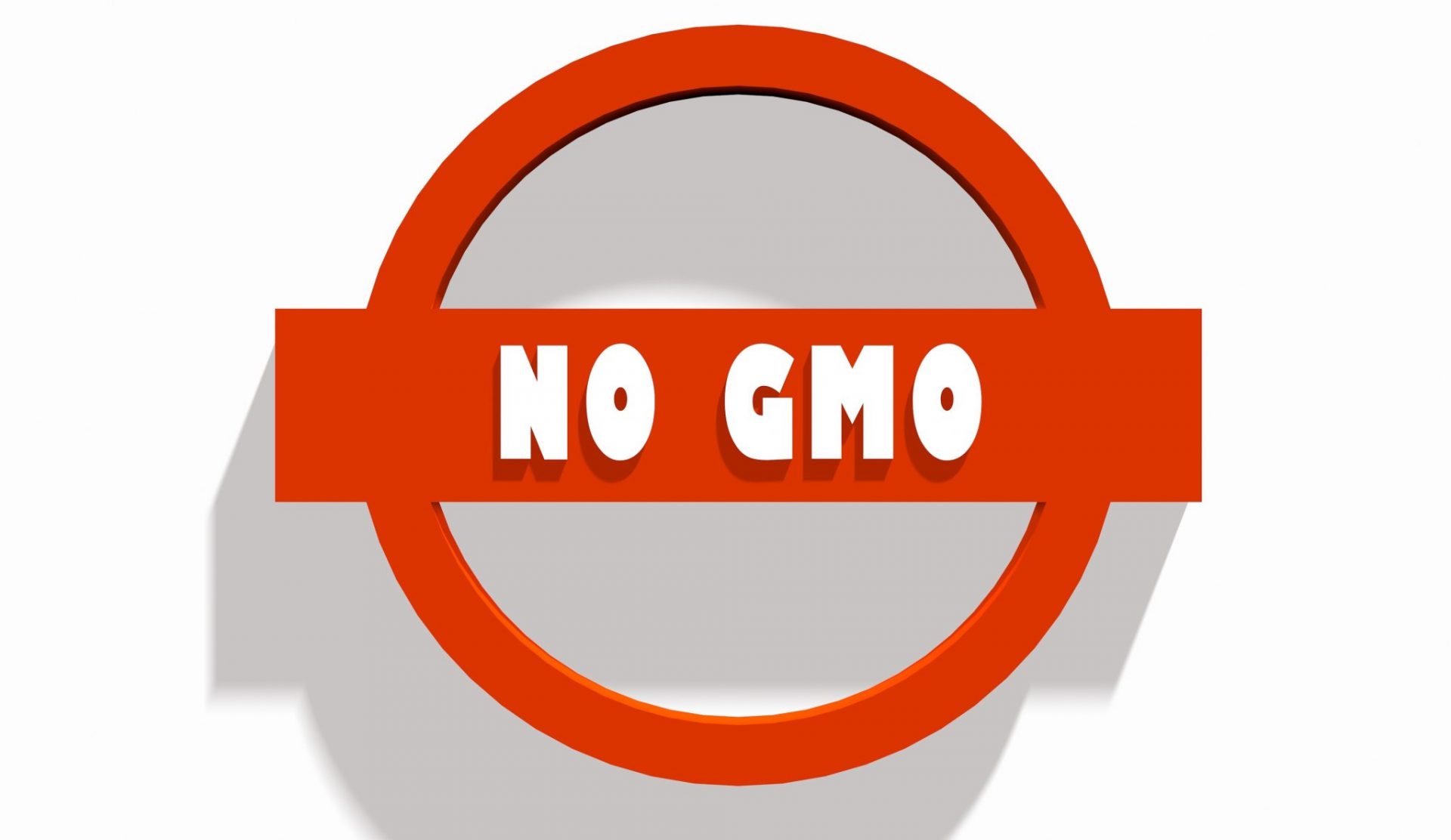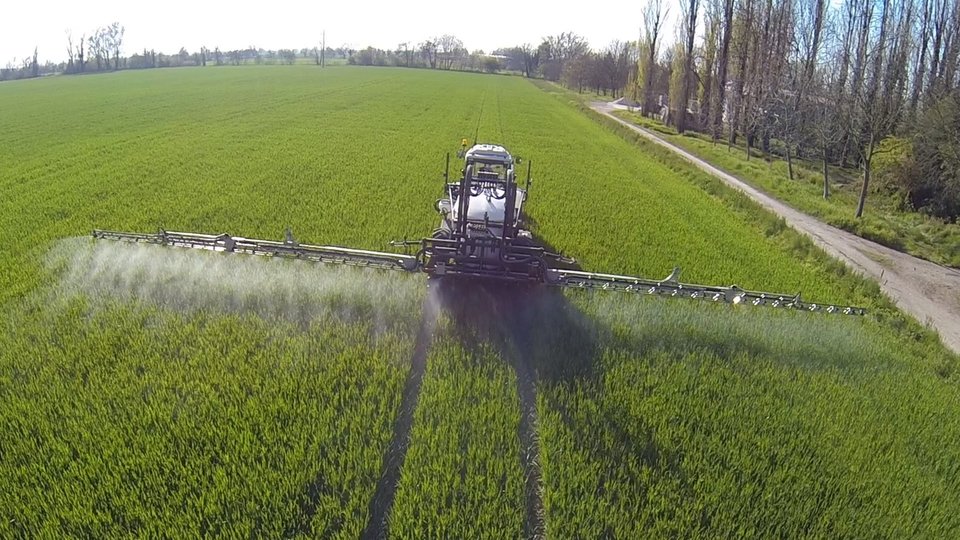Disappointing GMO labeling law allows food manufacturers to hide GMOs from consumers
(NaturalHealth365) It’s official. The U.S. House of Representatives have passed GMO labeling bill H.R. 1599 – in which food companies now have to disclose GMO ingredients, for the first time since the introduction of GMO crops in the early ‘90s. But natural health experts and GMO opponents say there is no cause for celebration.
Food companies are hiding the truth: If you think that you will now be able to read GMO information – clearly and legibly stated on the package – think again. The bill gives the food industry a loophole, and it’s big enough for a truckful of GMO corn to be driven through it.
New GMO labeling law has been designed to ignore the will of the people
An overwhelming 90 percent of Americans surveyed say they want to see clear labeling of GMO foods – a clear mandate. Yet this is not what the bill accomplishes – showing that politicians seem to care more about corporate interests. (and money)
Instead, it gives companies the option of displaying GMO information by way of a QR code – the kind of scannable square bar code utilized on airline boarding passes. So, if you have a smartphone – and if you’re paid up on the expensive data plan, and if the signal in the store is good, and if your phone is properly charged, and if you are willing to whip out your mobile device to scan every item of food you are considering – you will indeed be able to retrieve the information.
That’s a lot of “ifs” to obtain information that should be openly offered!
The QR code is not the only strategy companies can use to avoid clear labeling. Small companies have the option of displaying a phone number – which you would then have to call in order to access GMO information – or a web address. For those without smartphones, it means logging in some serious time on a computer. For those without computer, it means a visit to the library before every grocery shopping trip – not exactly a practical scenario.
Food safety and natural health advocates are overwhelmingly condemning the bill as deceptive and insulting. Wenonah Hauter, executive director of Food and Water Watch, likens the law to a “slap in the face” to all the natural health activists who advocated for mandatory GMO labels. Other food safety advocates call the law a major victory for Monsanto, the biotech industry and the Grocery Manufacturer’s Association. In fact, H.R. 1599 has already been nicknamed the DARK act – an acronym for Denying Americans the Right to Know.
Almost half of the population will find it difficult, if not impossible, to find out about GMOs
According to a recent survey conducted by the Annenberg Public Policy Center at the University of Pennsylvania, only 15 percent of those surveyed had scanned an electronic code for information about a product’s nutrition or ingredients in the past year. In light of this fact, predictions that 40 percent of consumers will scan their food are unrealistic.
And if 40 percent of food shoppers do end up scanning their food? It means that almost two thirds of shoppers will still be clueless about GMO content – which is the way the food industry wants it.
Consumers who are poor, elderly or under-educated will be disproportionately affected
The Environmental Working Group estimates that more than 40 percent of consumers don’t even own phones capable of scanning QR labels. Low income, elderly and less educated consumers – in other words, the most vulnerable segment of the population – are the groups most likely to be without smartphones.
The food companies, of course, don’t want customers to be able to easily access GMO information. Almost half of the American public says they would be less likely to buy a food if they knew it contained GMOs – so companies have a financial interest in keeping them uninformed.
Alternate options offer companies various ways to conceal the truth
Of course, producers can always choose to display GMO information in plain English – but it seems a safe bet that most will not. The bill also allows companies to use another option: an as-yet-to-be-designed “universal GMO symbol.” One can only image the tiny, obscure, hard-to-decipher pictograph they will use – one that may very well be camouflaged by label graphics and text.
Exact details are being worked out by the Department of Agriculture, but don’t expect to see GMO labeling anytime soon – the food industry doesn’t even need to comply with the law for another two years. And don’t expect to see GMO information displayed on the menu at your favorite diner – restaurants are exempt from the bill, as are small businesses.
Food industry already fools the public at will
Currently, 90 percent of corn, soy and other crops in the US is genetically modified. And even the food industry acknowledges that 75 to 80 percent of our food products contain GMOs or GMO components. Yet when people were asked how much GMO foods they’d eaten in the past week, two thirds of them either didn’t know or replied that they had eaten “not much’” or “none” – a statistic that would seem to highlight the extent of the public’s lack of knowledge of GMO content.
This, of course, is exactly what the food industry wants: confusion, lack of knowledge, contradictions – all conspiring to keep consumers in the dark. People have every right to know what’s in the food they are eating, and every right to refuse to purchase foods made with unsafe and unnatural GMOs. With the passage of H.R. 1599, these basic and inarguable rights are being are being torpedoed – the food industry has pulled off a labeling scam worthy of the slickest flimflam man.
There is one way to be sure you aren’t buying GMO foods. Organic foods, by their very nature, can’t contain GMOs. Look for foods labeled Non-GMO Project or USDA Organic.
The new “smart labels” are only a smart choice for the food industry – not the consumers they are supposed to protect.
References:
https://www.truth-out.org/buzzflash/commentary/obama-signs-bill-that-prohibits-informative-gmo-labeling
https://www.npr.org/sections/thesalt/2016/07/08/485145450/senate-passes-a-gmo-labeling-bill-that-the-food-industry-likes










